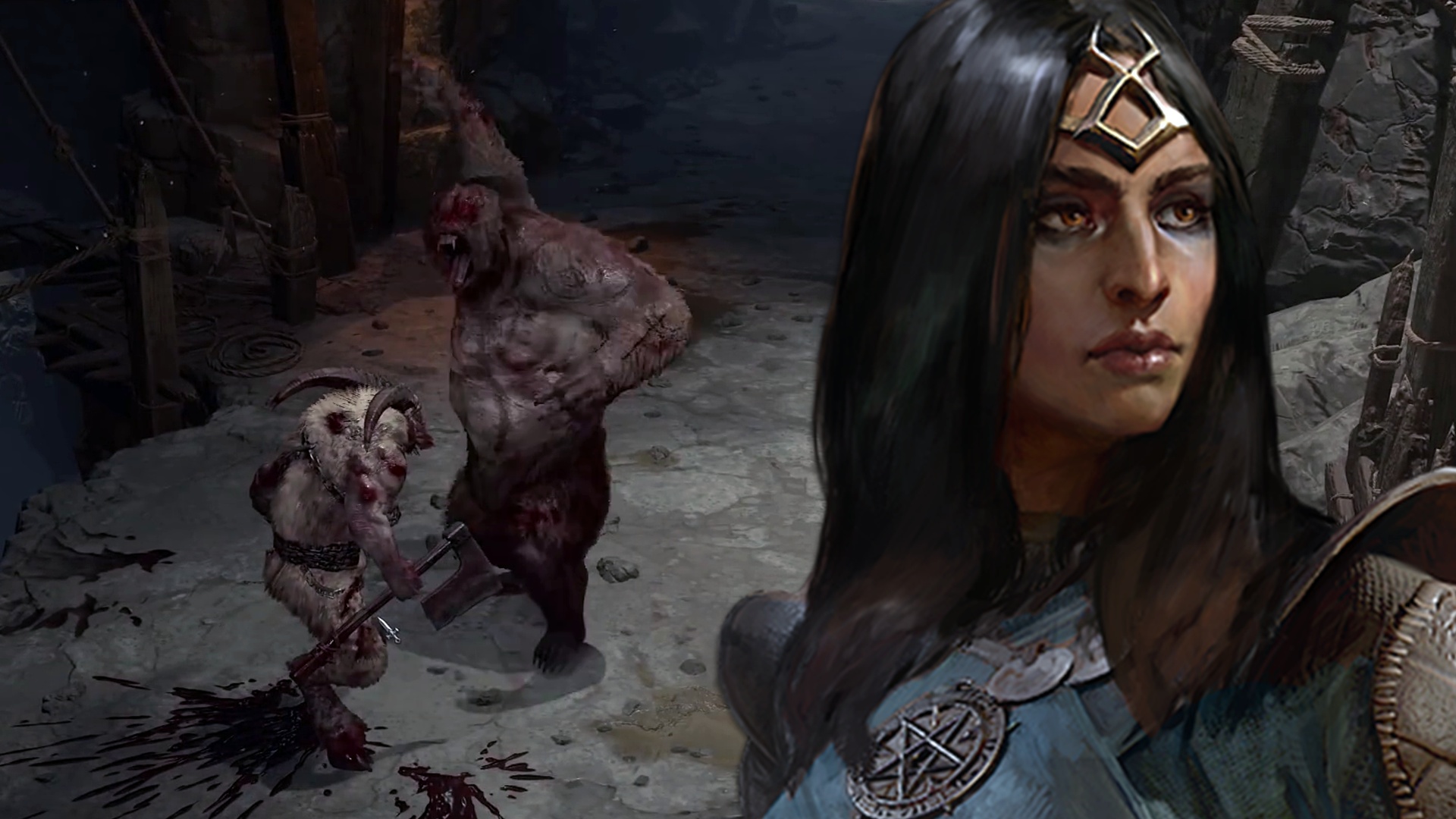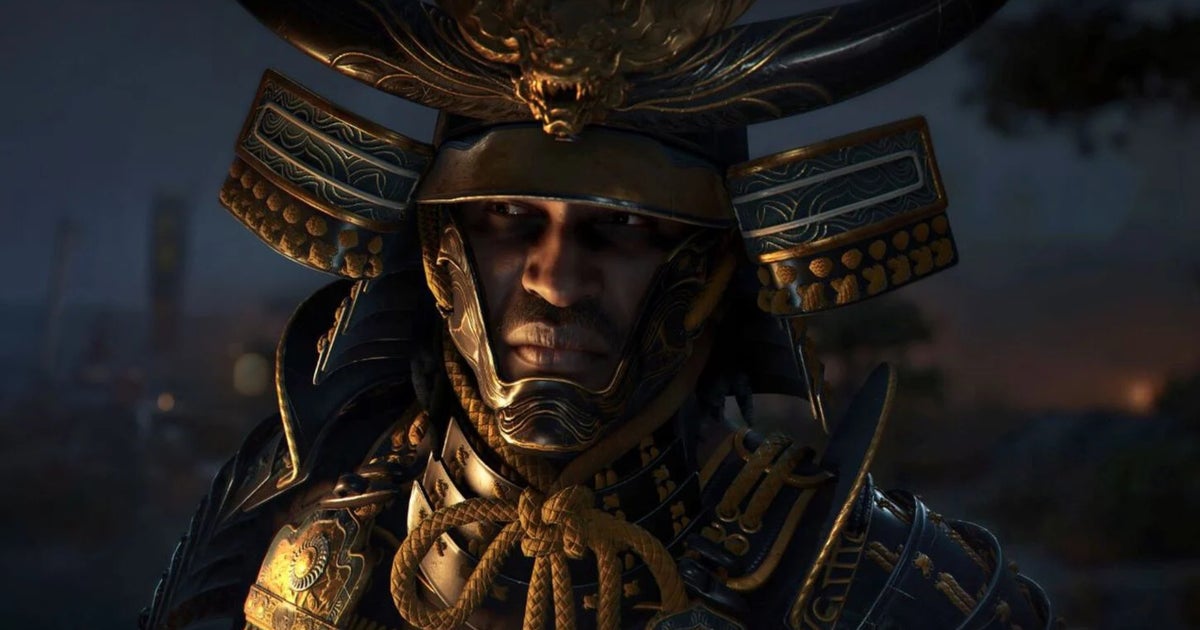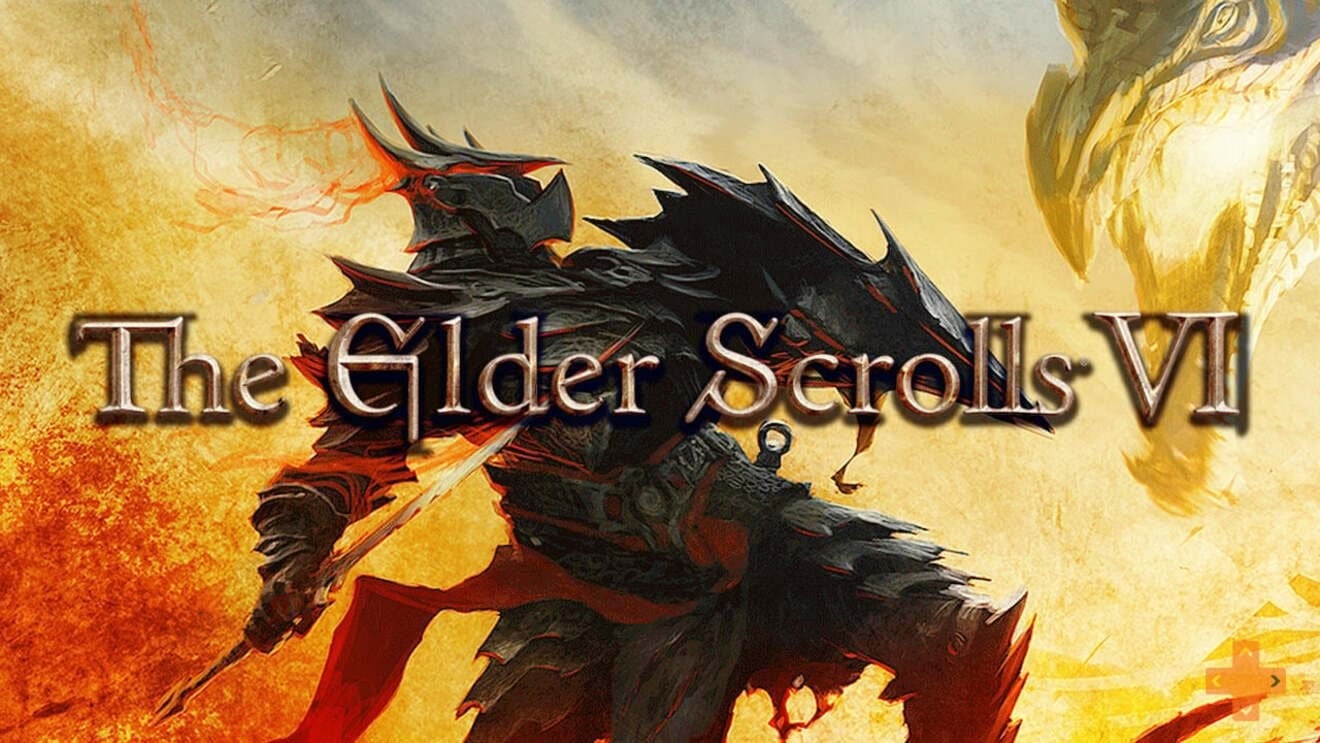It’s time again for a new quarterly update for Diablo 4: After everything revolved around sound design in the last developer blog, the December post again news on gameplay and game mechanics.
more on the subject
How Diablo 4 aims to master an extremely important discipline
In this article you can find out what is happening with endgame and items and how the new Paragon system should work.
The four most important news about Diablo 4
1. The Paragon system returns
Anyone who has already played Diablo 3 knows the Paragon system: After you have reached the maximum level, you can continue to earn experience points to advance to the Paragon level. This offers helpful values in Diablo 3 such as critical hit chance, running speed or resistances, but is pretty straightforward.
In Diablo 4, the system becomes significantly more complex: As soon as you have reached level 50, you get access to the Paragon board. This represents a new skill tree of its own, in which dozens of nodes are waiting to be activated.
These nodes are divided into four different rarity levels:
- Gray / common: These only give small bonuses to values such as strength or intelligence.
- Blue / Magical: These fields offer a little more variety in terms of values, such as resistances.
- Yellow / Rare: Yellow fields are intended to represent significant reinforcements. Especially if you’ve already decided on a play style or build, there are bonuses here that can perfectly complement them.
- Orange / legendary: After the first board, everyone who follows has a legendary tile that, when unlocked, grants a powerful talent or the improvement of a certain skill.
Levels without end: On the sides of the currently active board there are transitions that lead you to further boards. These in turn have their own layout and offer new fields that you can unlock. So that you can really plan your build, you always have a list of new fields to choose from. These can also be rotated before you attach them to the exit of your choice.
Since there is no limit to the Paragon level, you can unlock an almost infinite number of new fields. But the further you level, the slower the progress. How you have to imagine the system, you can see in this animation:
Link to Imgur content
Glyphen: In addition to the fields already mentioned, there are also unlockable slots in which you can socket the so-called glyphs. You can find these as loot and work similarly to the jewels in Path of Exile.
The glyphs have a radius and grant bonuses depending on which fields have been unlocked in the vicinity. For example, glyphs can strengthen all affected fields or grant their own bonus, which becomes stronger when you have unlocked certain fields in the radius.
2. Legendary items and crafting
A year ago, the developers announced that legendary and unique items will play a major role in how a character will be played:
The occultist: In the current blog entry you have now introduced a new NPC – the occultist. This trader can disenchant legendary equipment for you and thus put the legendary property of an item in an essence ball.
If you combine this ball with another item of your choice – for example a yellow / rare item that has the perfect values for you – it will get the legendary property on top.
Targeted looting: While the distribution of the loot in Diablo 3 was still completely arbitrary and you in the Rifts almost all uniques and set items – individual cases like that Ring of royal pomp
except – could find, you will be able to search for loot more specifically in Diablo 4.
Certain types of enemies have a higher chance of dropping certain types of items. As an example, Blizzard names the bandits: They are increasingly dropping clubs, crossbows and boots.
3. New animations and effects
Blizzard also presented some visual adjustments. The biggest specialty is that every class and every ability unique killing animations has to offer.
While the sorceress burns her enemies to ashes with fire spells, the barbarian will be able to split or crush the same monsters – everything depends on the chosen skill. You can see what this looks like in action in the following new gameplay video:
8:53
Diablo 4: Nine minutes of new action-RPG gameplay
4. More realistic fights
So that the fighting feeling feels a bit more realistic, your hits and spells will only hit where the associated animation suggests.
An example that you can also see in the video embedded above is the iconic whirlwind of the barbarian: In the previous series parts, this was simply a cylindrical area in which the damage was done around your character.
In Diablo 4 you will only hit your enemies if your weapon is actually whirling past an enemy. This should also help to make the death animations mentioned above even more impressive and immersive, for example by making the ragdolls of the killed enemies fly in the direction of impact.
The release of Diablo 4 is still a long time coming. As it became known in November, it should not be ready until 2023 at the earliest. Next year should be with Diablo Immortal However, a full-fledged, new Diablo for mobile devices will appear – which can also be played on the PC:
more on the subject
Playing Diablo Immortal on PC: This is how it works
If you don’t feel like it, there was also a new add-on for Titan Quest. In his column, Sascha Penzhorn explains why Eternal Embers is great for him.
Table of Contents














